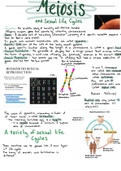Exam (elaborations)
Test_bank_Cal
- Course
- Institution
Lecturer: Approved by: . . . . . . . . . . . . . . . . . . . . . . . . . . . . . . . . . . . . . . . . . . . . . . . . . . . . . . . . . . . . . . . . . . . . . . . . . . . . . . . . . . . . . . . . . . . . . . . . . . . . . . . . . . . . . . . . . UNIVERSITYOFTECHNOLOGY VNUHCM FACULTYOFA...
[Show more]





